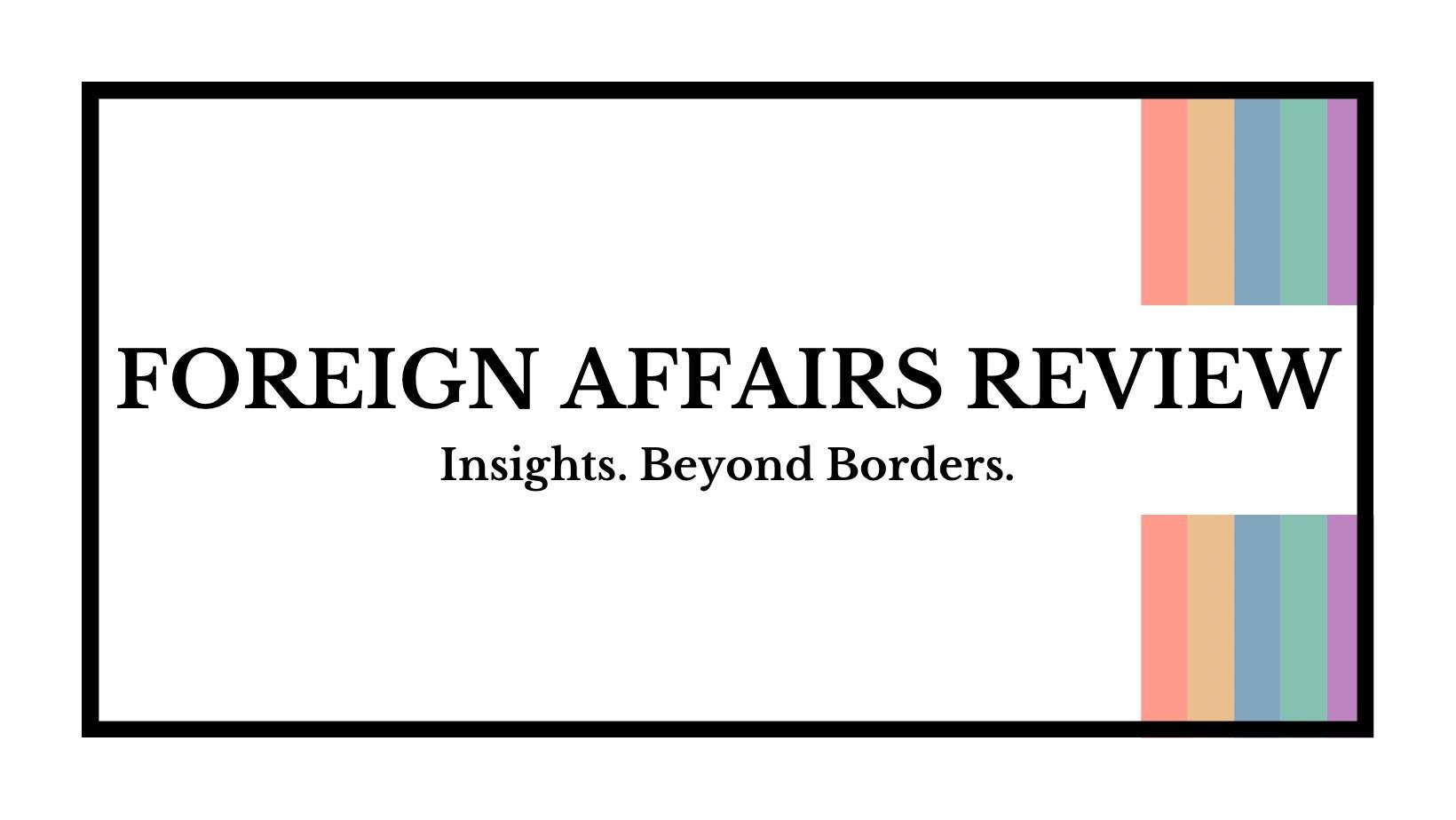What the Recent Saudi-Pakistani Security Pact Means for the Middle East
The framework of power in the Middle East has been rapidly shifting over this past couple of months, from regime change in Syria, to a war and ceasefire in Gaza, and a new security deal between Saudi Arabia and Pakistan. Israel’s recent activity has forced a shakeup in Middle Eastern power dynamics, one which sees other would-be powers in the region look for a counterbalance to Israeli pre-eminence.
While the entrance of Israeli forces into Gaza has been stopped with an American backed peace deal, there remain long-lasting consequences for relations with the rest of the Middle East, as well as murmurs of discontent already emerging regarding the peace deal. Israel has already issued a statement that one of the bodies is not that of a hostage, and Hamas is refusing immediate disarmament. Beyond the tension underlying the peace deal, Arab states regional relations with Israel have been disrupted. Arab states view this as a threat towards their own sovereignty, especially in the context of Israel’s strike on Doha. The Doha attack has indicated two things to Arab states. Firstly, Israel will not hesitate to strike on their soil if it believes it to be within its national interest. Secondly, America is either unwilling or unable to stop Israeli actions towards other nations in the Middle East. Qatar is an ally of the United States, and home to one of the most important American airbases in the world. There is a growing undercurrent among non-Israeli states that they will always be playing second fiddle in the Middle East.
Responding to this undercurrent, there is a new alliance forming between Riyadh and Islamabad. A recent security deal, formed just days after the Israeli strike on Doha, serves to attach Saudi Arabia to the Pakistani nuclear umbrella. It entails cooperation, even in peacetime, and ensures a response regarding military aggression against either. Prince Mohammad bin Salman has long sought to ensure his countries course charts in between the great power interplay of the United States, Russia, China and India. Saudi Arabia, while not as close of an ally as Qatar, has traditionally been viewed as US-aligned, if not an ally. However, as the United States’ protections in the region grow thinner, Saudi Arabia has been forced to chart a course toward a nation that both can provide security under a nuclear umbrella and that does not have fickle interests or a favoured partner in the Middle East. With the weakening of Iran as a regional power, Saudi Arabia may perceive a growing lack of a counterbalance to Israeli power in the Middle East. This alliance, in their view, could serve to restore that balance. To the larger world, this indicates a Middle East that is more “open for business” than it has been in the past. American influence in the region has traditionally been focused on support for Israel, while trying to draw the other states in closer. This represents an attempt to balance relationships with the Gulf states - partners who help prevent other great powers from encroaching in the region – while also maintaining ties Israel, traditionally one of the US’s closest allies and a nation more closely aligned with the traditional conceptions of US partnerships. We may be seeing the spinning plates finally hit the floor, as the US’s consistent support for Israel indicates to Gulf states that they will never be the main partner, and therefore that the US does not offer the security guarantees it appears they need. This will lead to new powers’ entrance into the Middle East. Pakistan was the first, but it may not be the last. There is growing Indian concerns regarding this defence pact as an action against them, one that they may seek to counteract with their own Gulf partner.
The combination of waning American influence, Israeli alienation, and Iranian weakness has led to shake ups in the Gulf, but this will almost certainly not be the end. We may be looking into a multipolar Middle East, as other powers seek to ensure that they don’t lose ground.
Image courtesy of Defense Visual Information Distribution Service, ©2011. Some rights reserved.
The views and opinions expressed in this article are those of the author and do not necessarily reflect those of the wider St. Andrews Foreign Affairs Review team.


